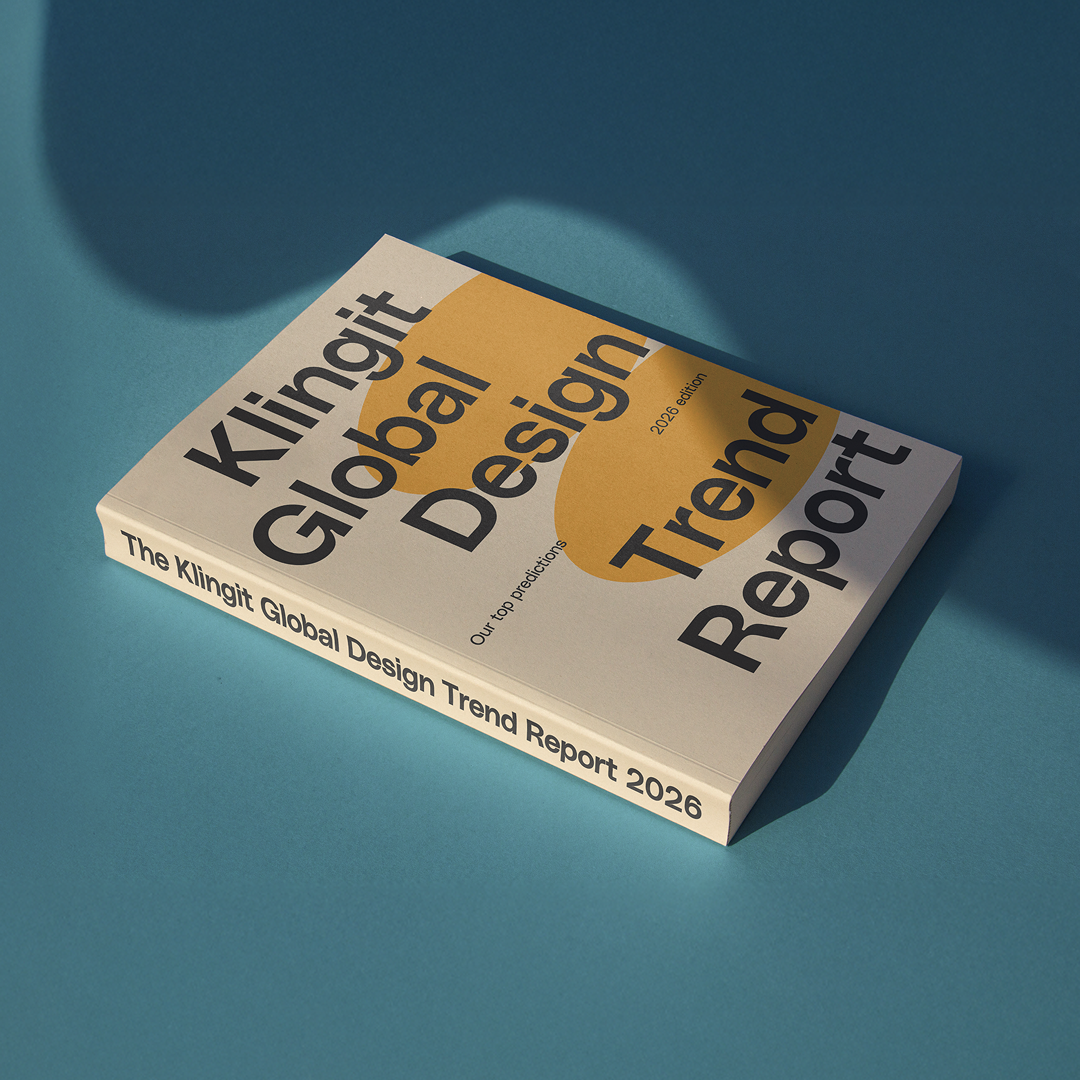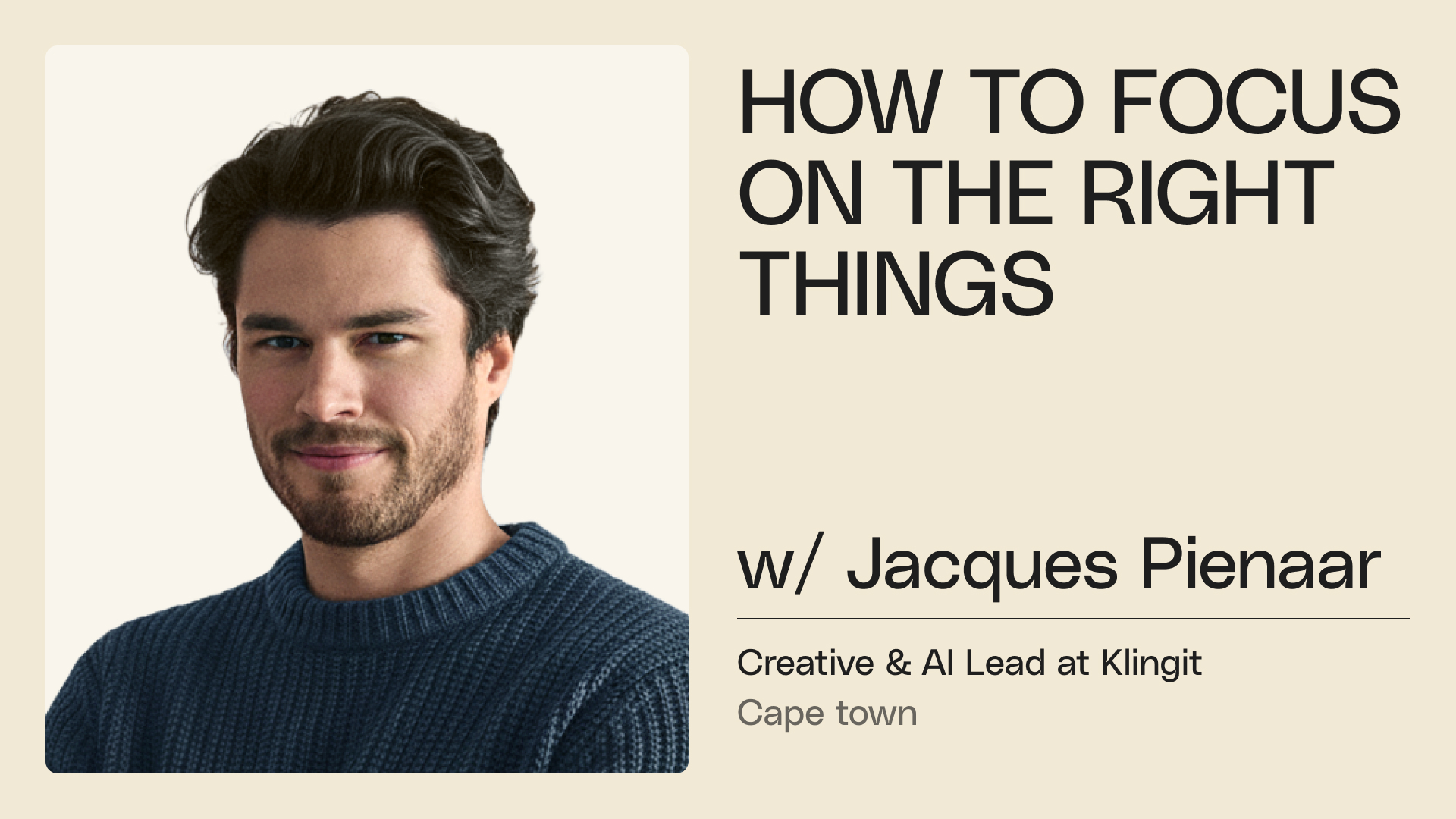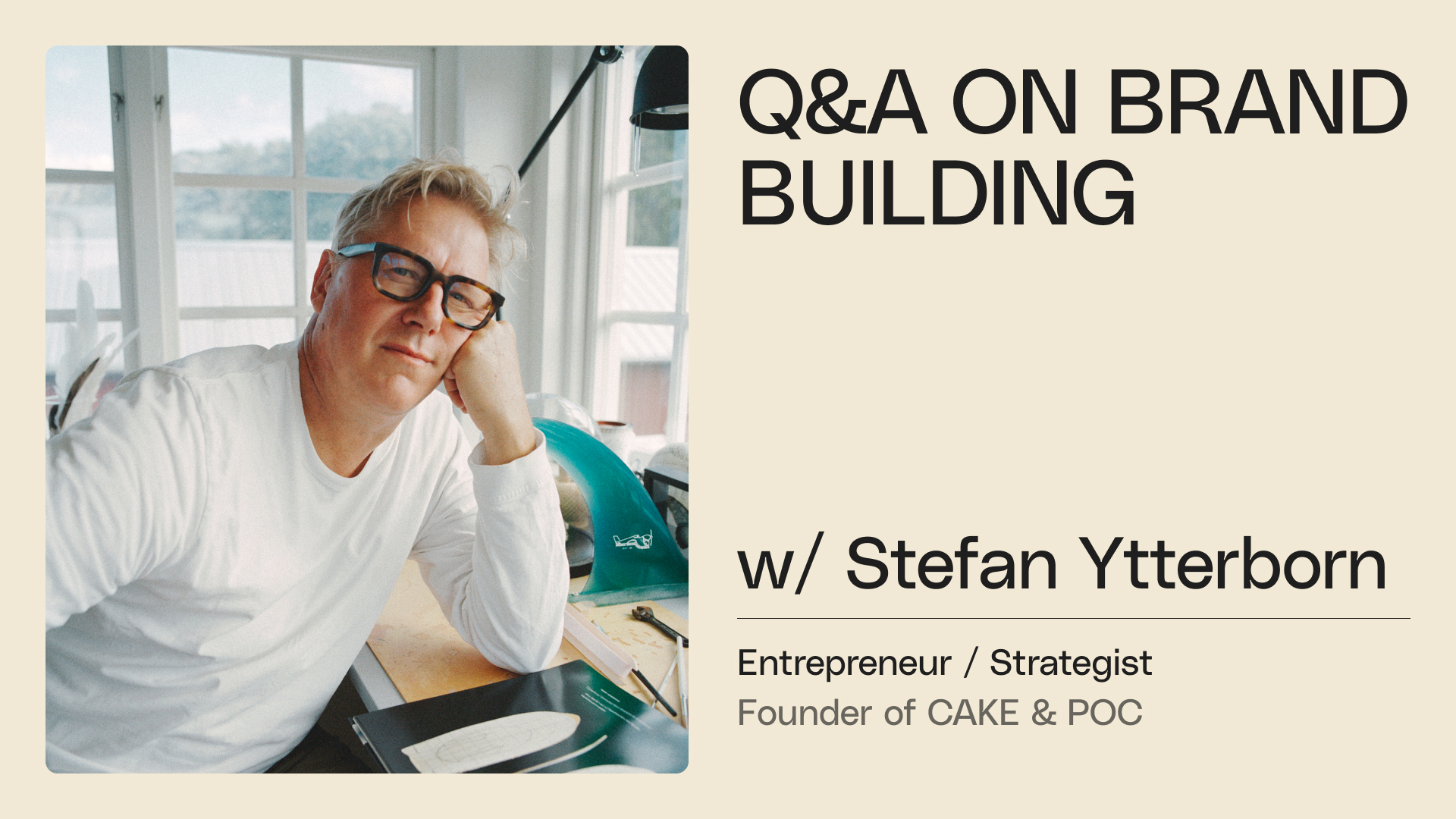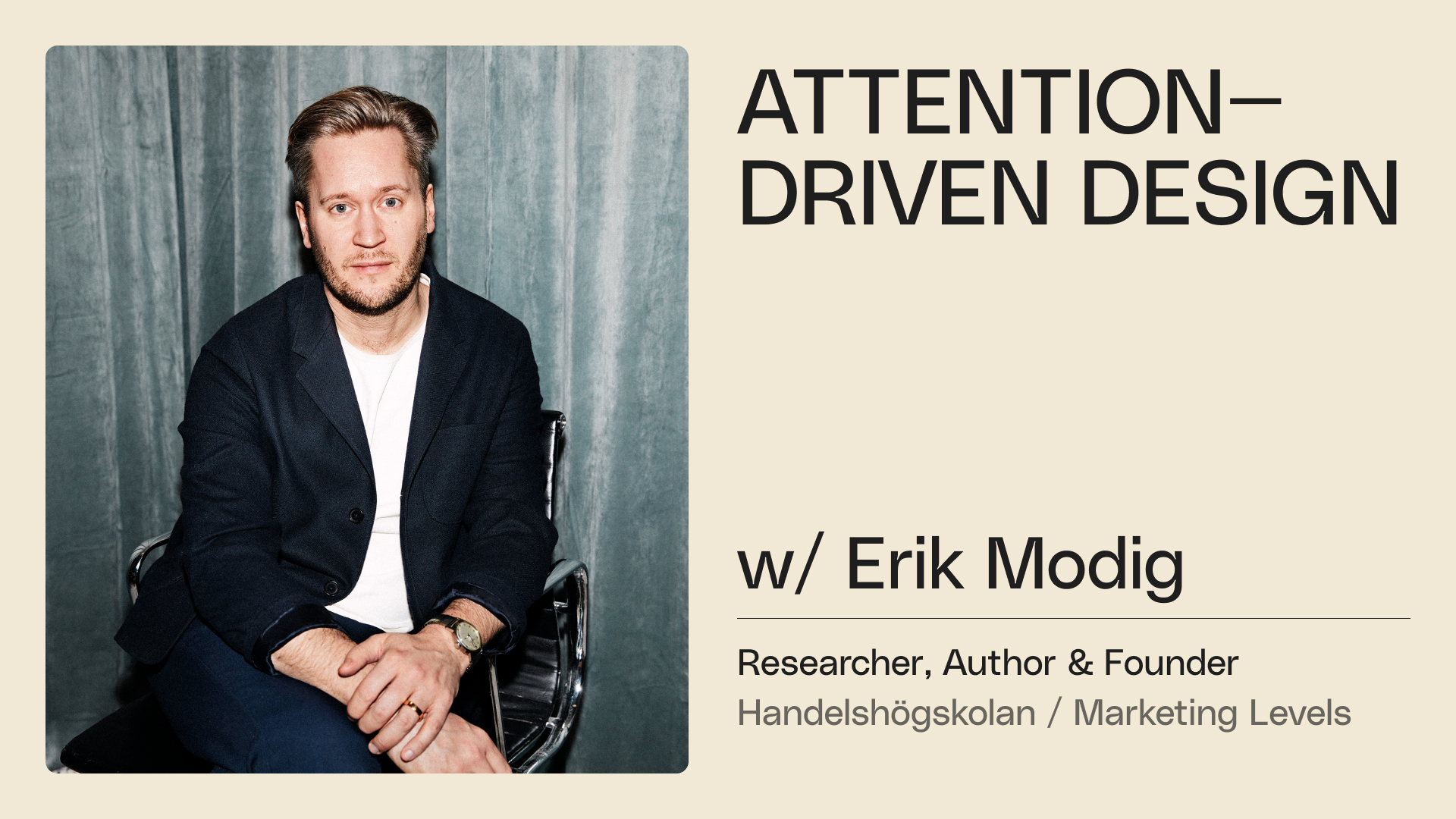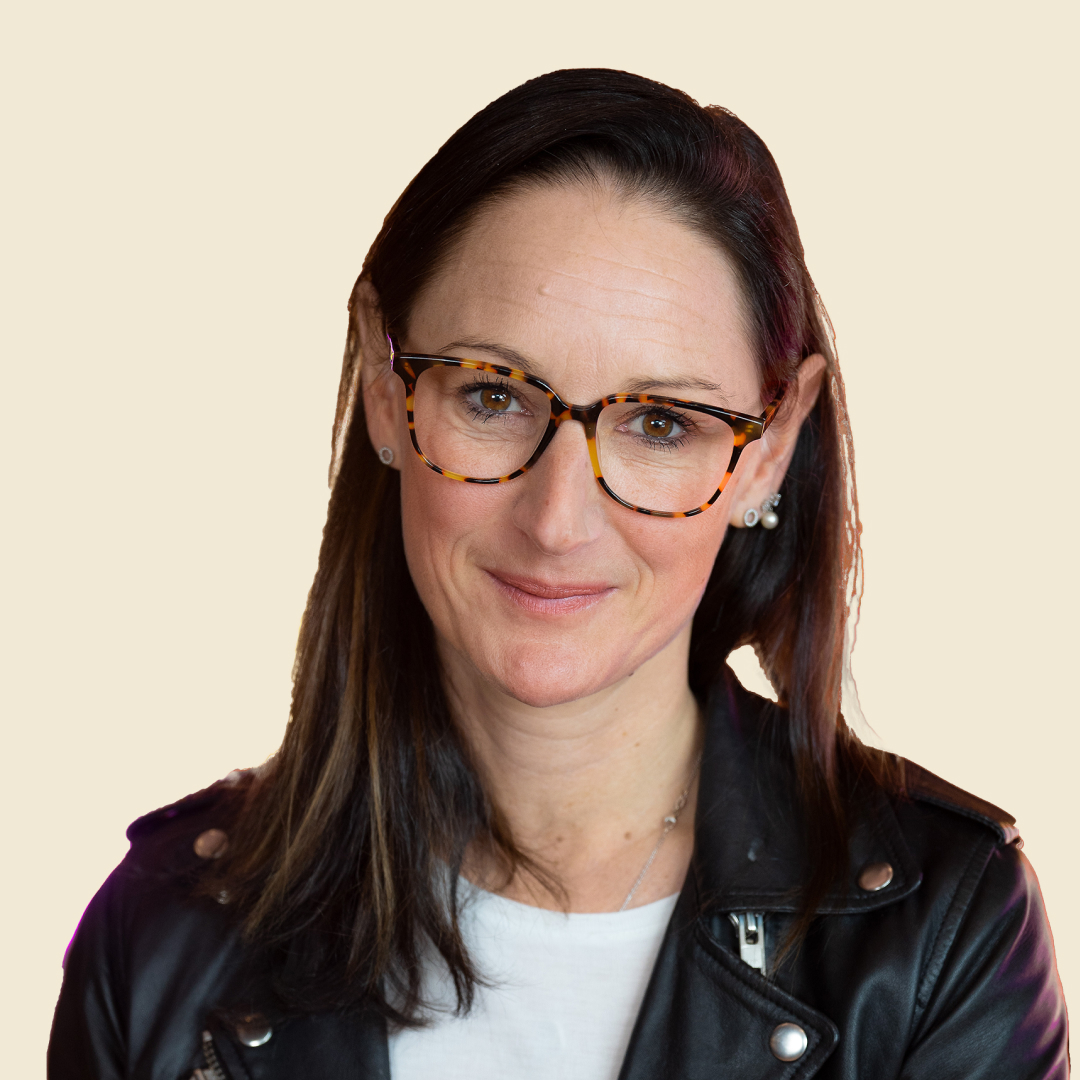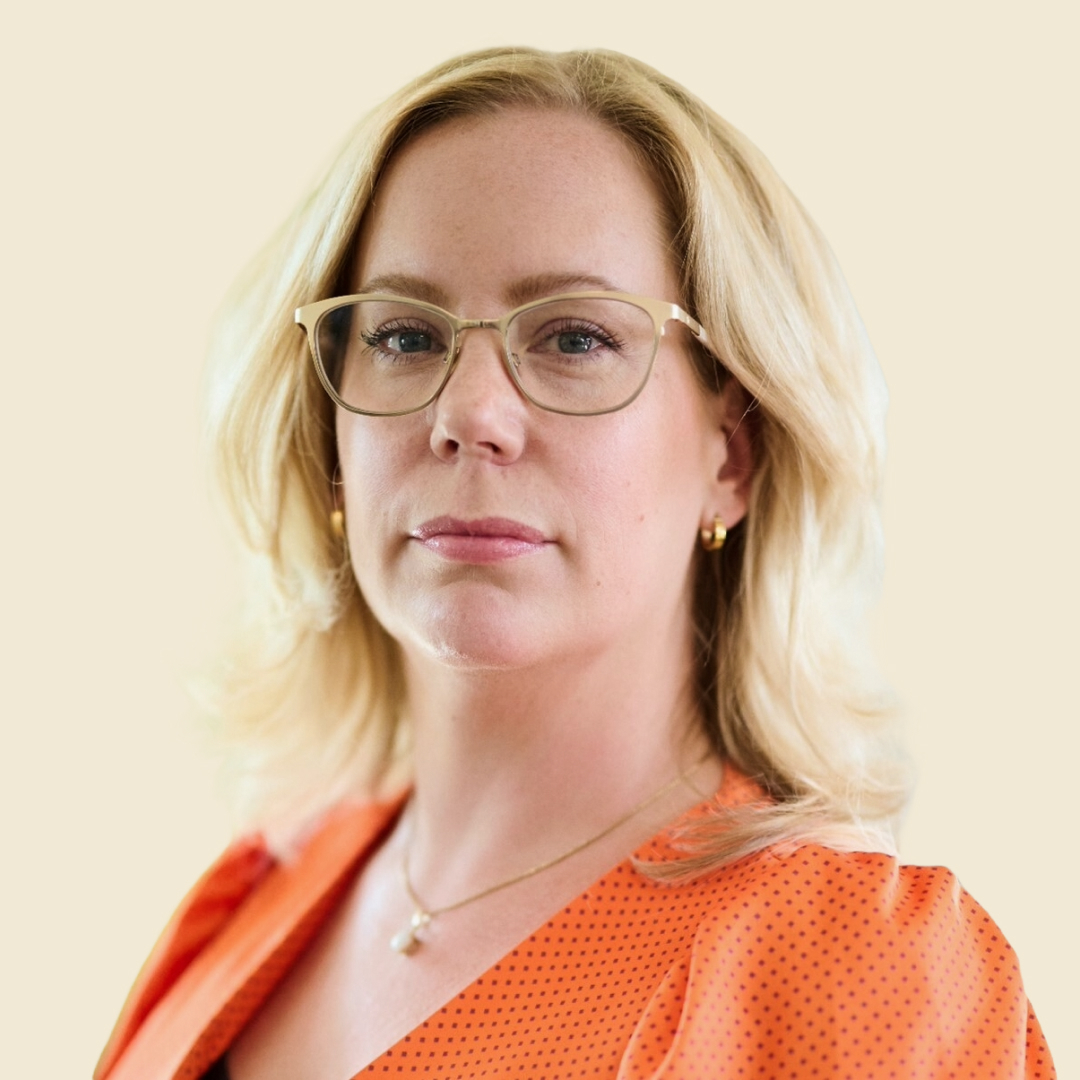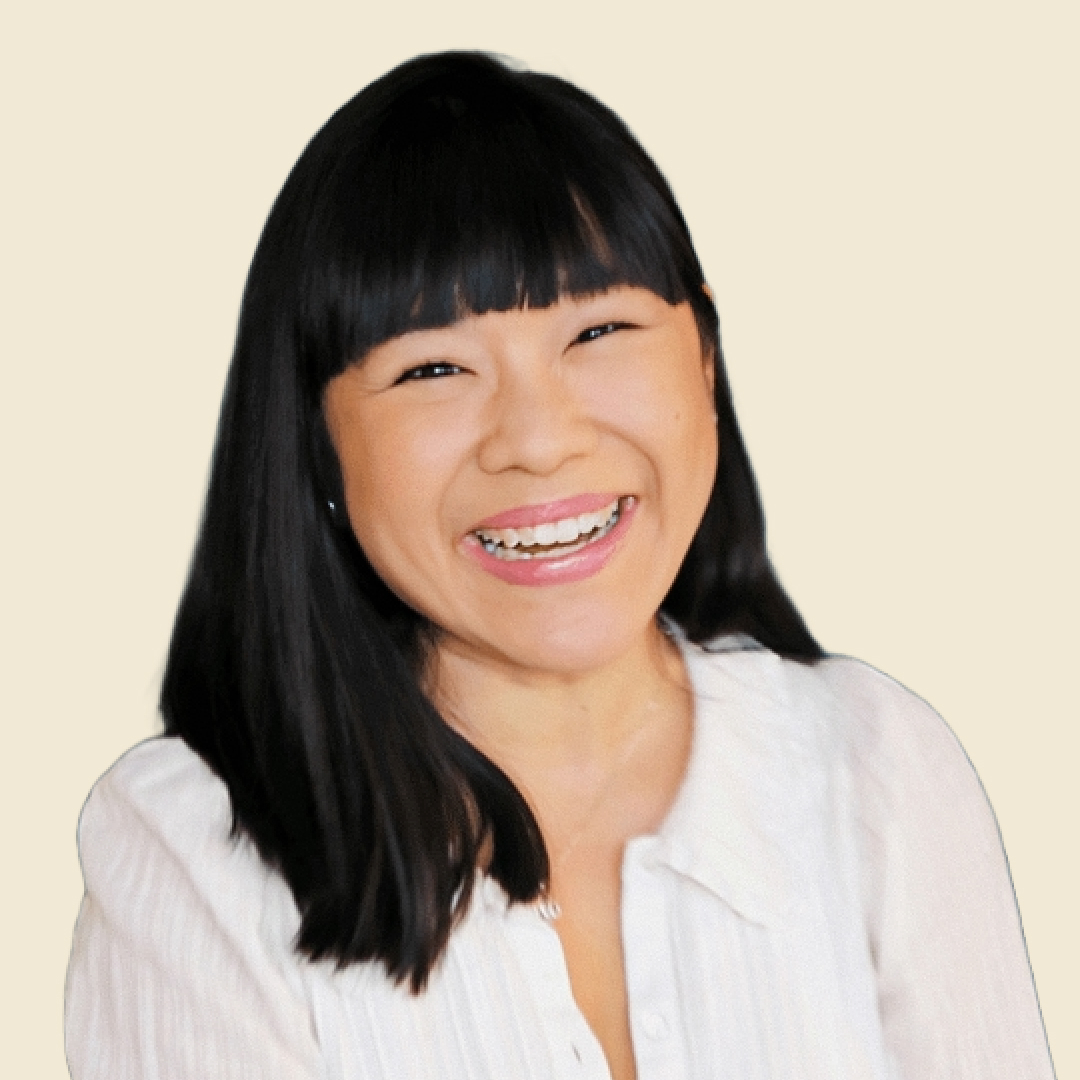Ling Koay has spent her entire career in marketing. She started as a Marketing Assistant at ReadSoft and quickly worked her way up the ranks. By the time ReadSoft was acquired by Lexmark about eight years later, she had become Director of Product Marketing.
– I stayed at Lexmark for about a year after the acquisition, then moved on to Edgeware, where I was Director of Product Marketing and Interim CMO for a couple of years. Around that time, I had lunch with Oneflow’s CEO, which started a dialogue with them.
In 2017, Oneflow was still a small startup with just 13 employees. For Ling, taking on the role of CMO, and being the company’s first marketing hire, was not an easy decision.
– Thankfully, I already knew the Chairman of the Board, and while there was a lot of uncertainty at the time, I really believed in the idea and had great trust in the founders. Looking back, I’m so glad I said yes to the role.
What was your first year as CMO like?
– It was a time of uncertainty but also an exciting opportunity to build something from scratch. In true startup fashion, I was responsible for everything marketing-related; from creating content and building our website to setting up lead management processes and measuring results. I remember writing 60 pages of content myself and focusing heavily on organic traffic, events, and community-building activities. Another big challenge was getting our tech stack to a level that was ‘good enough’ to support growth.
“Being the CMO at such a small company felt like starting a new job every six months, the needs kept changing as the company grew.”
What does the marketing team look like today?
– Today, we’re a team of 20 people dedicated to marketing at Oneflow. Beyond strategic priorities, the team is divided into two main areas: creators and distribution. The creator side includes designers and those working on content across various channels and formats; blog posts, brand campaigns, email marketing, and product marketing. The distribution side focuses on ensuring that content reaches the right audience by tweaking segmentation, identifying target groups, and optimizing channels.
An essential part of this team is the Data & Analytics team at Oneflow.
– It’s crucial for us to have a well-functioning feedback loop where insights are fed back to the creators’ team to improve performance in areas like ads. In addition to the creators and distribution teams, we also have local marketing managers in each country. They ensure that strategies and messaging are tailored to local markets in Sweden, Norway, Finland, the UK, the Netherlands, and France.
How do you create an efficient content workflow?
– We have a workflow where we develop and launch new campaigns and assets every two months. In the interim, we focus on continuous optimization and fine-tuning. Everything moves much faster now. Previously, you might have a campaign brief that lasted three months. Now, it’s about capturing trends as they happen and producing content while they’re still relevant.
Since Ling joined Oneflow seven years ago, the company has grown from 13 to over 180 employees, and annual revenue has increased from 6 MSEK to 145 MSEK. Much of this growth involved preparing for the company’s IPO in the spring of 2022.
– Like most startups, the years leading up to the IPO were focused heavily on unit economics. There was tighter cost control and significant pressure to meet various business goals. The demands on external communication also grew as we prepared to go public.

How has Oneflow’s marketing strategy evolved?
– Our marketing strategy has changed a lot over the years to keep pace with the company’s growth stages and broader market conditions. Initially, we focused on content and growth marketing, while product marketing tasks fell to sales or the CEO. Our tech stack started as ‘good enough,’ but over time, it needed to become more scalable and sophisticated to support performance marketing. Through all the changes, one constant has been finding the right balance between brand and performance marketing.
A few years ago, Ling transitioned to the role of Chief Brand Officer after many years as CMO. The role blends traditional CMO responsibilities with a stronger focus on brand management.
– I oversee the brand both internally and externally, which is crucial for building a strong company culture and connecting with customers. It’s about branding, but also communication and design.
What makes a great marketer?
– It’s about having the courage to take risks and think differently. You need the courage to trust your ideas, even when you don’t have all the data to back them up. That’s often when you make the biggest impact. It can sometimes be riskier to follow others than to go your own way.
What advice would you give someone starting their first marketing job?
– Focus on understanding the importance of balancing performance and brand marketing. Challenge data-driven decisions when needed and experiment by trusting your gut instincts.
